Spoiler: it's not all bad news, but if you were counting on using your favorite travel dock or AR glasses with the Switch 2, you're about to be disappointed. Nintendo pulled a classic Nintendo move—they've essentially encrypted their way out of universal compatibility.
Let's be blunt: accessory manufacturers tell The Verge that Nintendo has "intentionally broken the Switch 2's compatibility" with third-party docks using encryption and a dedicated chip. The console doesn't follow standard USB-C Alt Mode protocols, meaning your simple video output dreams just got complicated.
Here's what that means for your wallet, Nintendo's long-term control strategy, and why this move reveals the company's deeper approach to ecosystem management.
Why third-party docks suddenly became paperweights
Remember when USB-C was supposed to make everything universal? Yeah, Nintendo didn't get that memo. The Switch 2's USB-C port uses proprietary messages that lock out most third-party accessories—but the technical implementation reveals something much deeper about Nintendo's ecosystem strategy.
Testing reveals the scope of Nintendo's control mechanism: when you connect a Switch 2 to third-party docks, it may refuse to negotiate power entirely. The console and official dock must exchange over 30 proprietary 'unstructured' messages before enabling video output. This isn't just technical gatekeeping—it's a deliberate barrier that makes reverse engineering exponentially more expensive and legally risky for competitors.
The power requirement adds another layer of artificial restriction. The Switch 2 will reject docks that don't offer 20V power mode, even though the console itself only needs 15V. This creates a high barrier to entry for accessory makers, forcing them to engineer premium components for basic functionality while Nintendo's first-party dock commands $120 retail pricing.
Popular options that worked perfectly with Switch 1, like the Genki Covert Dock 2 and ASUS ROG 65W Charger Dock, now display nothing. The Switch 2's screen stays on instead of switching to docked mode, transforming proven travel solutions into expensive paperweights—and pushing users toward Nintendo's official ecosystem.
The original Switch's dock drama taught Nintendo valuable lessons
If this sounds familiar, you're not wrong—but Nintendo clearly learned strategic lessons from the original Switch's third-party disaster. Early unauthorized docks literally bricked consoles after firmware update 5.0, with users losing save data permanently. That crisis revealed both Nintendo's technical vulnerabilities and the market opportunity they were missing.
The original hardware problems stemmed from Nintendo's non-compliant USB-C Power Delivery implementation. The Switch's chip could only accept 6 volts max on the Configuration Channel pin, but docks like Nyko's sent 9 volts, frying the PD chip. Manufacturing corners created additional risks—bad quality USB-C connectors caused the VBus pin (15 volts) to cross with the CC pin, creating expensive electronic toast.
But here's what Nintendo discovered: while Nyko fielded complaints and offered console replacements, the real cost was in lost accessory revenue. Third-party docks undercut Nintendo's margins while creating support headaches. The Switch 2's encryption solves both problems—it eliminates hardware damage risks while capturing accessory revenue streams.
The Switch 2 supposedly fixes power delivery issues with standard USB-PD 60W charging, but Nintendo's replaced accidental hardware incompatibility with intentional software barriers. This isn't just damage control—it's strategic market positioning.
The one dock that somehow cracked Nintendo's code
For a good while, exactly one third-party dock currently works with Switch 2, and its existence reveals the delicate economics of Nintendo's control strategy. The $36 Antank S3 Max (also sold as SiWiQU TV Dock Station) somehow speaks Nintendo's coded language.
Antank's solution exposes the gray-market realities of hardware authentication. They checked with their chip supplier and confirmed it uses "the current key being used by Nintendo" for authentication. This raises fascinating questions: Did they reverse-engineer Nintendo's encryption, obtain leaked keys, or work with suppliers who blur licensing boundaries? The company won't elaborate, but their success proves Nintendo's system isn't unbreakable—just expensive to circumvent.
The existence of firmware-updatable authentication creates an ongoing arms race. Nintendo could potentially block it with firmware updates, while Antank claims their dock supports firmware updates to address future authentication changes. This dynamic transforms accessory compatibility into a subscription-like service where consumers never know when their hardware might stop working.
Even established players backed down from this fight. Jsaux paused its Switch 2 dock plans specifically because of Nintendo's encryption scheme. When a company that built its reputation beating Valve to market with Steam Deck accessories declares the barriers too high, it signals that Nintendo's strategy is working exactly as intended.
Since then, AverMedia and a handful of newer docks have since added Switch 2 support.
What this means for portable gaming's future
Nintendo's lockdown extends far beyond simple docks, fragmenting the entire portable gaming accessory market. Video glasses like Xreal One are also broken, forcing specialized device development. Xreal confirmed it's developing the Xreal Neo specifically for Switch 2 compatibility—meaning consumers will need separate AR glasses for different gaming handhelds.
This fragmentation has real costs. Travel docks that worked universally across devices now require platform-specific versions. The Viture Pro Mobile Dock works as a workaround by converting Switch 2's "weird video output" into standard DisplayPort Alt mode, but it's a $129 band-aid solution that highlights the broader ecosystem problem Nintendo created.
Meanwhile, Nintendo's official dock costs $120 and suffers from stock availability issues. Users report Ethernet disconnects and potential overheating from blocked ventilation—problems that competitive markets typically solve through innovation and alternatives.
PRO TIP: If you absolutely need portable docking now, grab the Antank S3 Max while it still works—but budget for potential firmware lockouts and replacement purchases.
The bigger picture: ecosystem control in the handheld era
Nintendo's USB-C encryption represents more than technical gatekeeping—it's positioning for long-term ecosystem dominance as portable gaming explodes. While the Switch 2 is more accommodating with other third-party accessories like Pro controllers and headsets, video output encryption appears surgically targeted at docking functionality where Nintendo commands the highest margins.
This strategy matters because docking transforms the Switch from a handheld into a living room console—Nintendo's most profitable use case. By controlling that transition completely, Nintendo ensures they capture revenue from every user who wants console-quality gaming experiences at home.
The timing isn't coincidental. As Steam Deck and ROG Ally democratize PC gaming in handheld form factors, Nintendo's betting that exclusive first-party software combined with tight hardware control can maintain their competitive moats. Nintendo plans to sell 20 million Switch 2 units in year one—creating massive incentives for accessory makers to either crack the code or pay licensing fees.
Remember: it took at least a year for reliable third-party Switch 1 docks to hit the market. The Switch 2 situation extends that timeline indefinitely, assuming Nintendo actively patches workarounds with firmware updates.
Where we go from here
Nintendo's USB-C encryption reveals a calculated bet about the future of gaming hardware. They're wagering that exclusive software experiences will outweigh consumer frustration with accessory restrictions, and that ecosystem control ultimately matters more than universal compatibility standards.
The Switch 2 is backward compatible and brings legitimate improvements like dual USB-C ports and Wi-Fi 6, but video output remains locked behind proprietary barriers. This creates a fascinating test case: will consumers accept paying premium prices for basic connectivity that USB-C was supposed to standardize?
For now, your options remain limited: pay Nintendo's premium for official docks, gamble on the Antank while it works, or wait for more manufacturers to crack the code through reverse engineering or licensing deals. The arms race between Nintendo's encryption updates and workaround firmware will likely define third-party compatibility for the console's entire lifespan.
The question isn't whether Nintendo can lock down USB-C this way—they clearly have the technical capability and legal cover through DMCA enforcement. It's whether the gaming community will accept this precedent as other hardware manufacturers watch Nintendo's market performance closely. If the Switch 2 succeeds financially despite these restrictions, expect similar approaches across the industry.
Nintendo's betting you'll pay up rather than go without. Their encryption scheme suggests they're probably right.



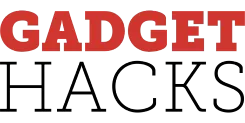
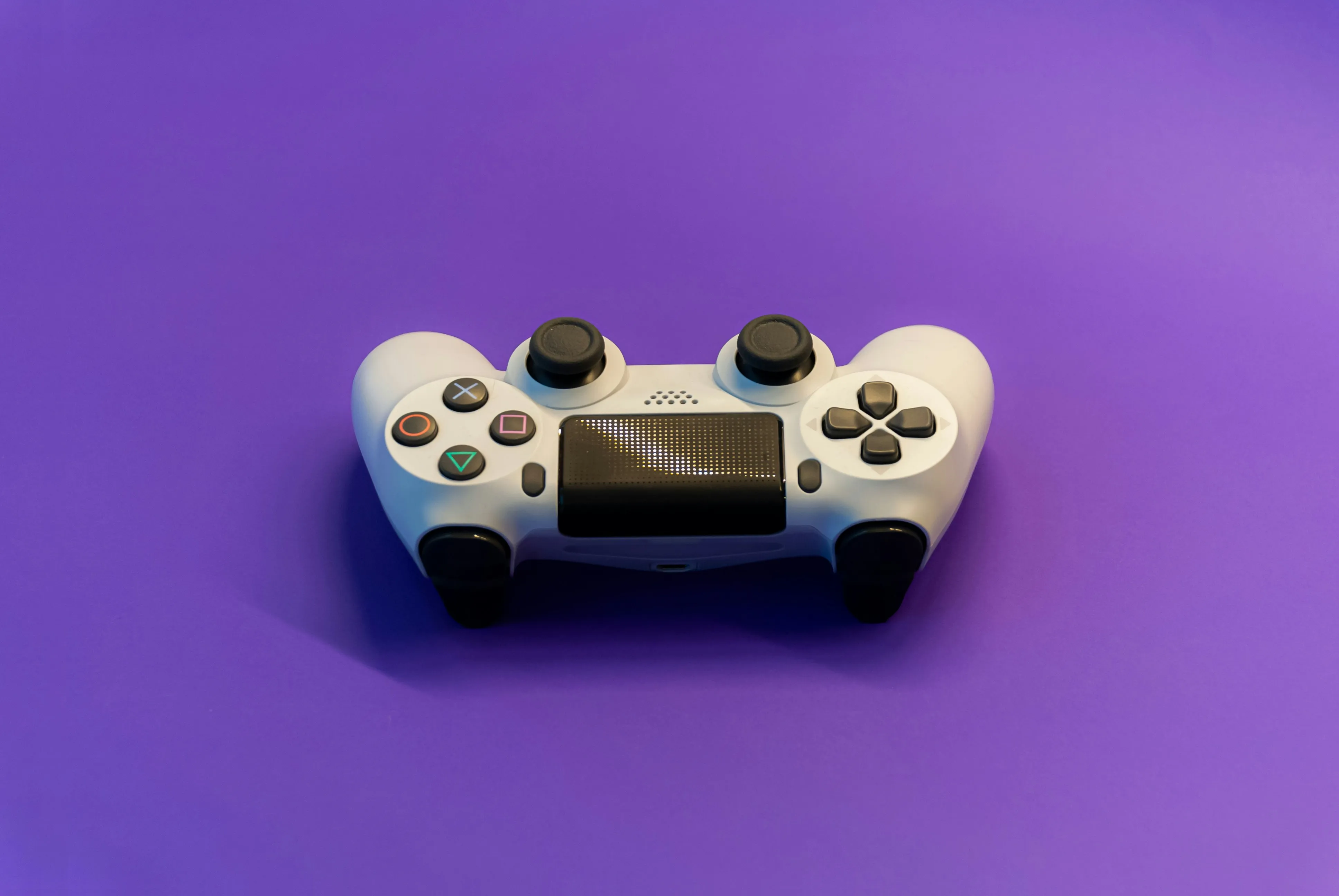
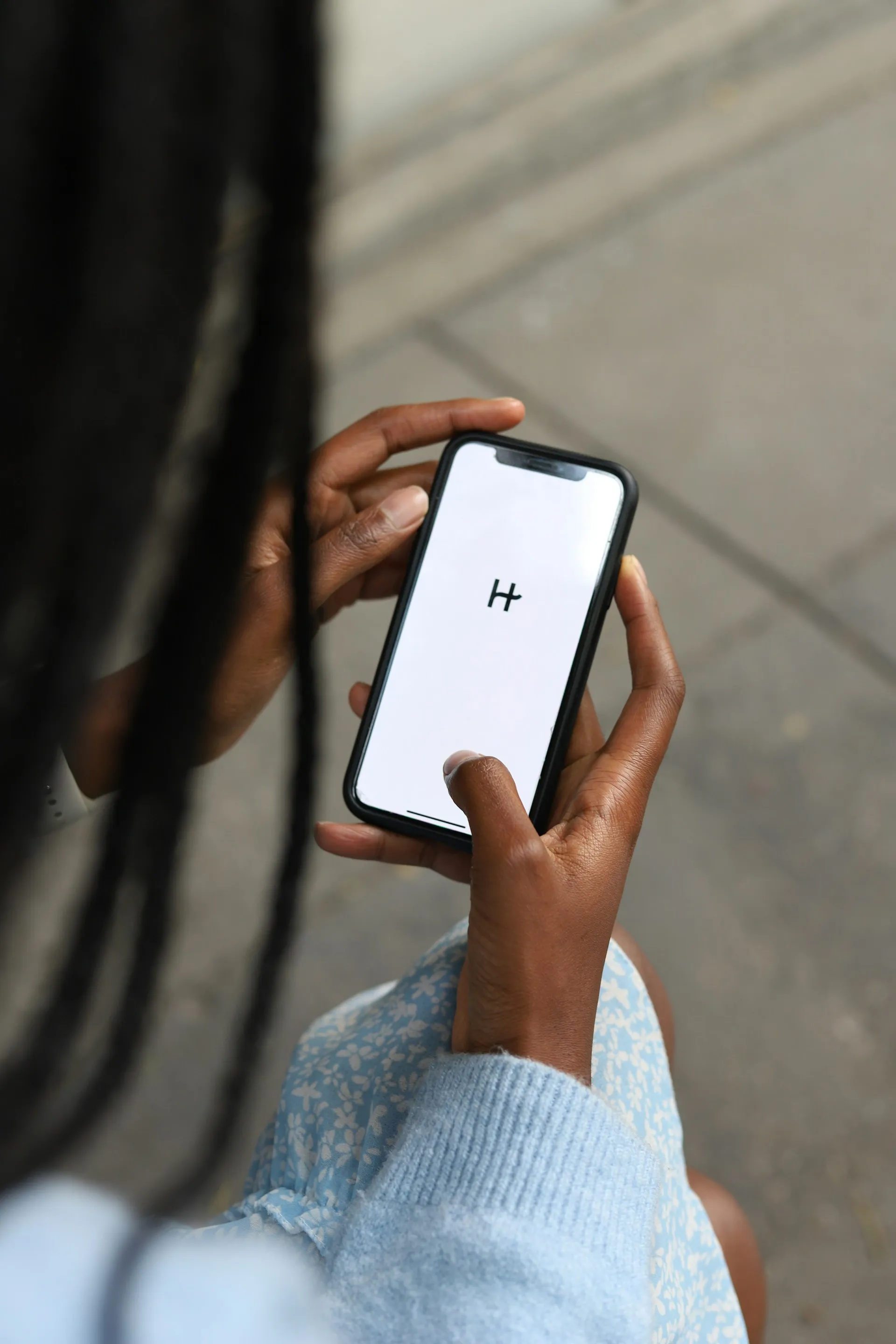
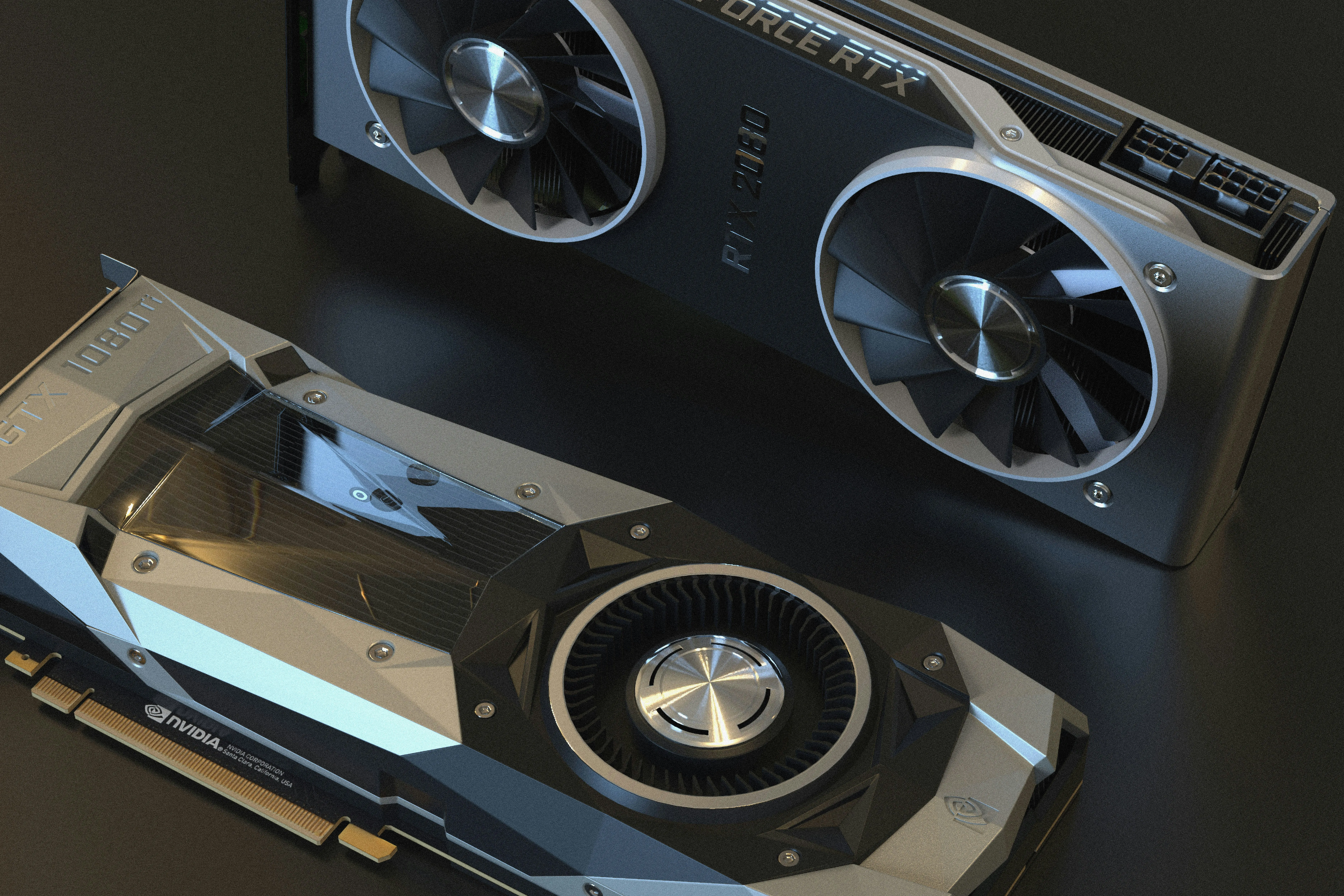


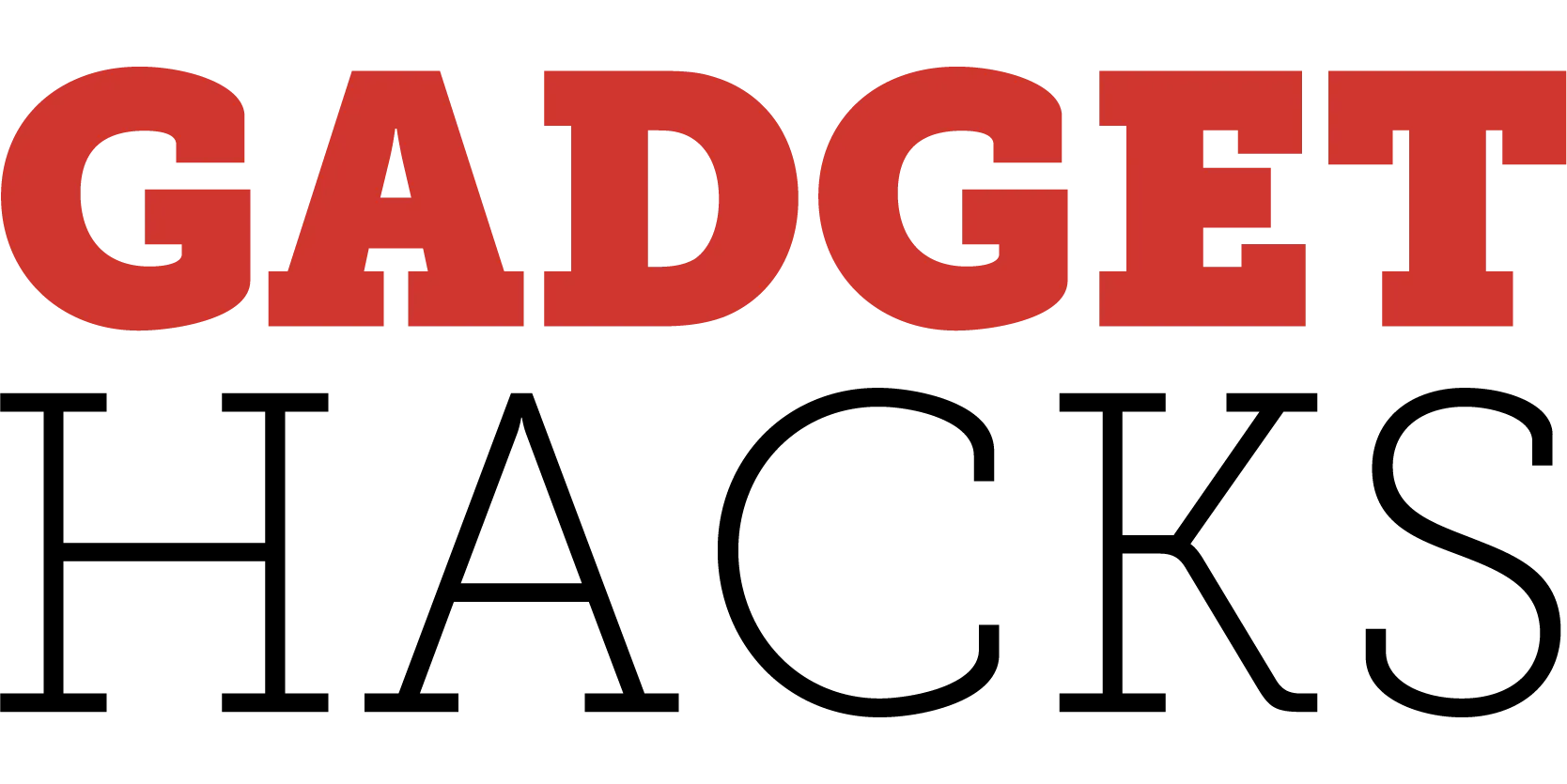








Comments
Be the first, drop a comment!